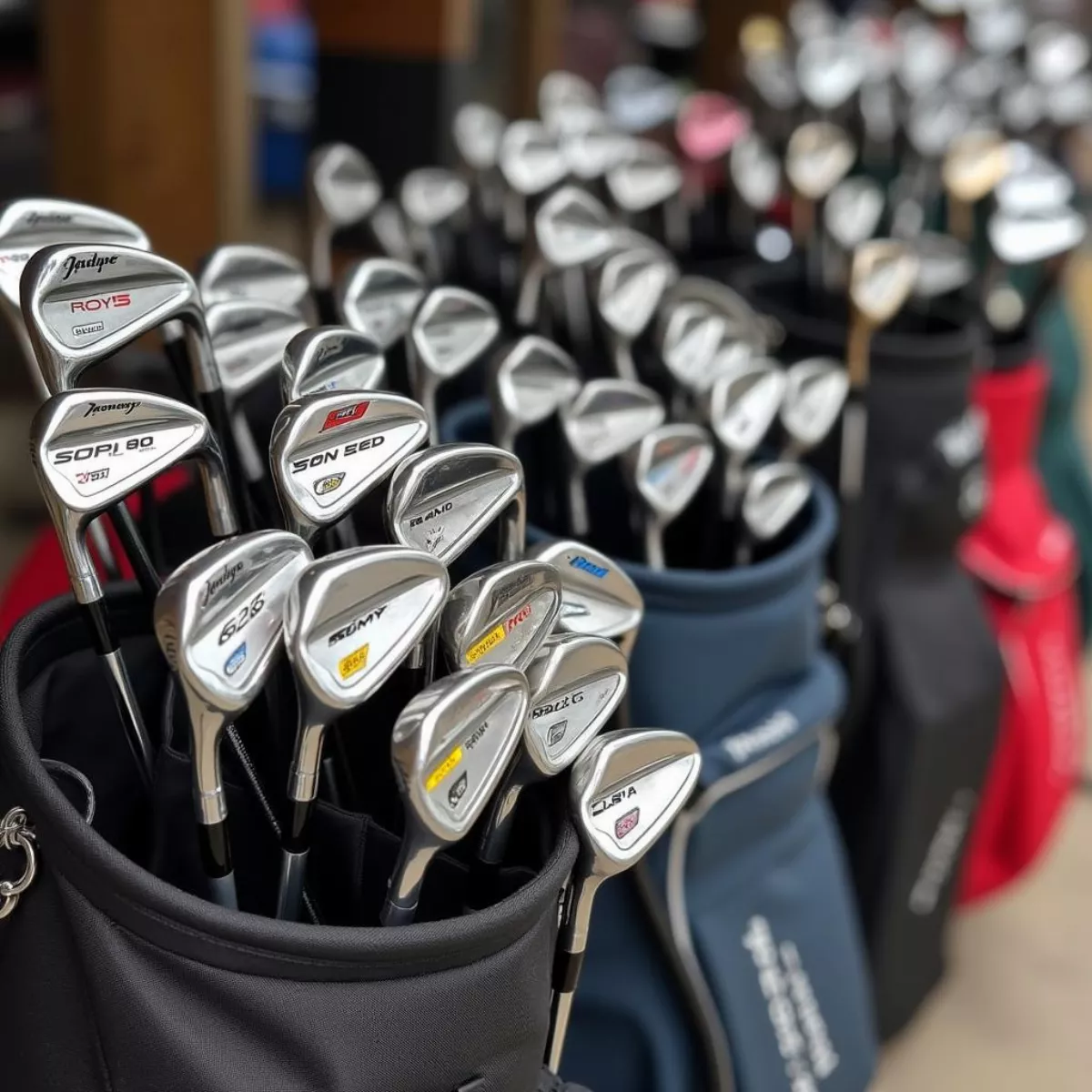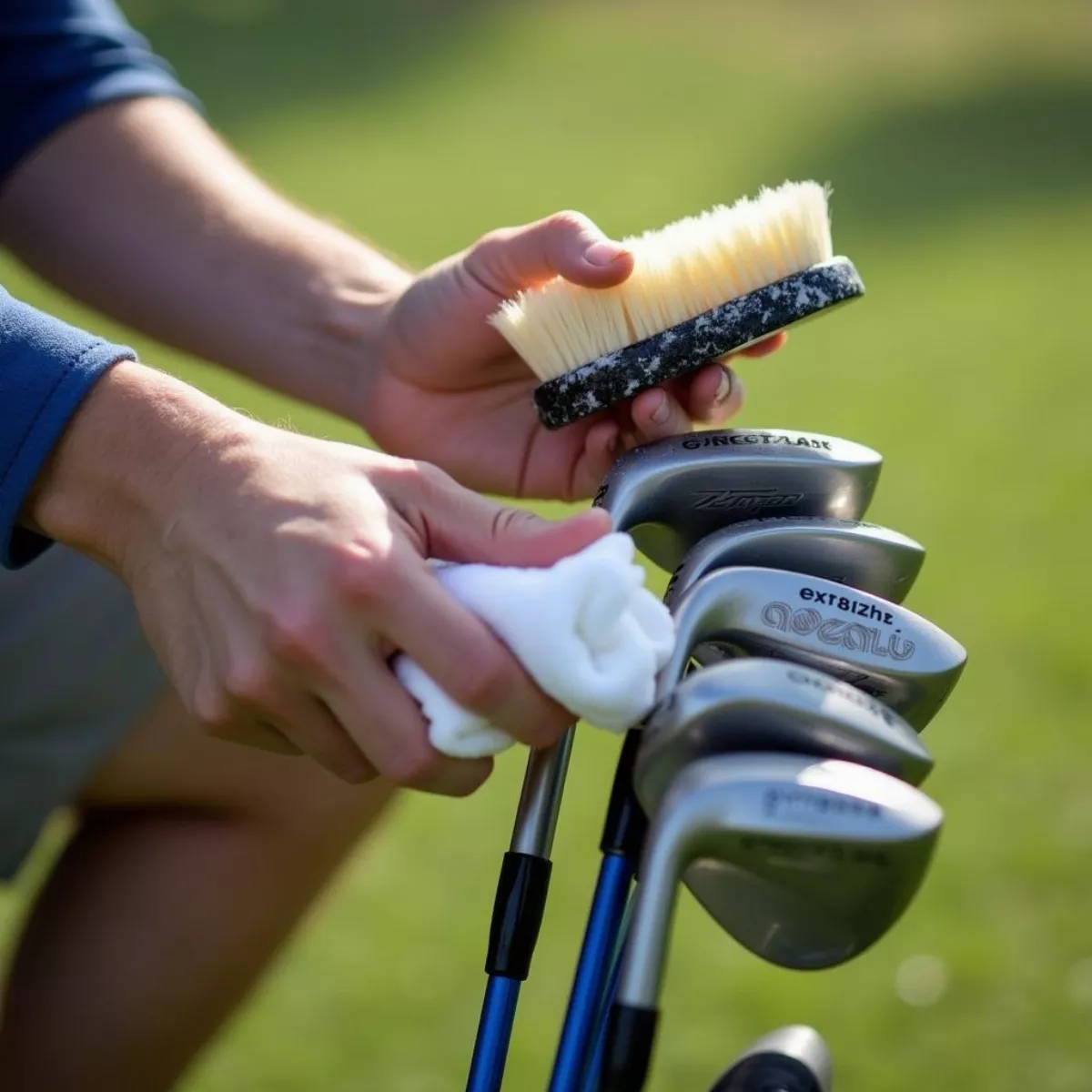Golf is more than a game; it’s a blend of skill, strategy, and endless enjoyment. For young golfers, having the right equipment can make all the difference. However, buying new junior golf clubs can be a hefty investment. This is where second-hand junior golf clubs come into play! Not only do they offer affordability, but they also allow you to get quality gear at a fraction of the cost.
In this guide, we’ll explore the ins and outs of purchasing second-hand junior golf clubs, ensuring you feel confident choosing the perfect set for the young golfer in your life.
Why Choose Second-Hand Junior Golf Clubs?
1. Cost-Effectiveness
- Affordability: Young golfers quickly outgrow their equipment. Second-hand clubs can save you significant cash.
- Access to High-End Brands: Buy premium brands for less! You may find past model years that still deliver outstanding performance.
2. Range of Options
- Variety: From complete sets to individual clubs, second-hand markets offer diverse selections.
- Experimentation: Kids can try out different types without a massive investment, helping them discover what works best.
3. Environmental Benefits
By choosing second-hand, you’re also doing your part to reduce waste, helping the environment.
Where to Buy Second-Hand Junior Golf Clubs
When shopping for second-hand junior golf clubs, you have several options:
-
Online Marketplaces
- eBay: A straightforward platform that allows you to bid or buy instantly.
- Facebook Marketplace: Local sellers often list clubs, making it easier to inspect them before purchasing.
- Craigslist: Check local listings for bargain clubs. Beware of potential scams!
-
Golf Retailers
- Many golf shops and pro shops offer used clubs. These often come with a guarantee or return policy.
-
Specialty Websites
- Websites like GlobalGolf and 2nd Swing focus on used golf equipment and may offer refurbishing options.
-
Local Golf Clubs
- Some local clubs sell off old inventory or host trade-in events.
-
Community Events
- Look for golf fairs or charity garage sales where clubs are frequently sold at discounted rates.
 Second-hand junior golf clubs for sale
Second-hand junior golf clubs for sale
What to Look For in Second-Hand Junior Golf Clubs
Condition
Always inspect used clubs closely. Look for:
- Scratches and Dents: Minor cosmetic wear is normal, but excessive damage may hinder performance.
- Grip Wear: Check how the grip feels. Worn grips may affect control.
- Club Face: Ensure the hitting surface shows minimal signs of wear.
Fit
Kids grow quickly, so assess the club’s fit:
- Length: Ensures proper swing mechanics.
- Flexibility: Check if the shaft flex matches the junior’s strength and swing speed.
Brand Reputation
- Recognized brands offer reliability. Look for names like Callaway, TaylorMade, and Cobra, known for producing quality junior clubs.
 Close-up inspection of a used junior golf club
Close-up inspection of a used junior golf club
Tips for Buying Second-Hand Junior Golf Clubs
- Set a Budget: Know how much you’re willing to spend before you start looking. This will narrow your options.
- Research: Familiarize yourself with the equipment you need. Look for reviews online to discover the best clubs for your junior golfer.
- Consider a Complete Set: If starting from scratch, a complete junior set is often more economical than buying individual clubs.
- Ask Questions: Don’t hesitate to ask the seller about the item’s history, including its age, usage, and any repairs.
- Try Before You Buy: If possible, allow your junior golfer to test the clubs before purchasing.
Common Types of Junior Golf Clubs
| Club Type | Description |
|---|---|
| Driver | Used for tee shots, it has a large head for distance. |
| Iron | Versatile for distance and accuracy, typically numbered 5-9. |
| Wedge | Designed for short-range shots; includes sand and pitching wedges. |
| Putter | Essential for making the final stroke on the green. |
Caring for Second-Hand Junior Golf Clubs
To ensure longevity and performance, proper care is essential:
- Cleaning: Regularly clean the clubs using a soft brush and warm, soapy water to remove dirt and grass.
- Storage: Store clubs in a dry place, using headcovers where necessary to prevent scratches.
- Regular Inspections: Periodically check for wear and tear and replace grips as they wear out.
 Cleaning a set of junior golf clubs
Cleaning a set of junior golf clubs
Key Takeaways
- Second-hand junior golf clubs are a cost-effective and environmentally friendly solution for young golfing enthusiasts.
- Look for online marketplaces, golf retailers, and community events to find quality gear.
- Inspect clubs carefully for condition, fit, and brand reputation.
- Consider purchasing a complete set to save money and ensure balance in a young golfer’s game.
- Regular maintenance will enhance durability and performance.
FAQ Section
Q1: Are second-hand junior golf clubs worth it?
Yes! They are an economical choice and can provide quality performance for young golfers.
Q2: How do I know which club size is right for my junior golfer?
Select clubs based on the child’s height and strength. Most retailers provide fitting charts to ensure the right size.
Q3: Can I buy junior clubs in person?
Absolutely! Local retailers, pro shops, and community events often have second-hand clubs.
Q4: What should I expect to pay for second-hand junior golf clubs?
Prices vary widely, typically ranging from $50 to $200, depending on the club’s condition and brand.
Q5: How can I ensure the quality of used clubs?
Inspect for signs of wear, ask about usage history, and consider purchasing from reputable sellers.
Q6: What are the benefits of using a complete set of junior golf clubs?
A complete set provides balance and allows for easier club selection, helping beginners focus on improving their skills.
Q7: Is there a difference in performance between new and second-hand clubs?
While new clubs may offer the latest technology, many second-hand clubs from reputable brands still provide excellent performance.
Q8: How often should grips be replaced?
Depending on usage, grips should be replaced every 6-12 months for optimal performance and comfort.
Q9: Are there any brands to avoid in second-hand junior golf clubs?
Researching user reviews is best. Generally, established brands are more reliable than lesser-known alternatives.
Q10: What should I do with clubs my child has outgrown?
Consider donating, selling, or trading them in at golf shops for store credit towards new equipment.
By following this guide, you’ll be well-equipped to navigate the world of second-hand junior golf clubs. From finding the right set to ensuring they’re well cared for, your young golfer will be on their way to hitting the fairways with confidence! Happy golfing!